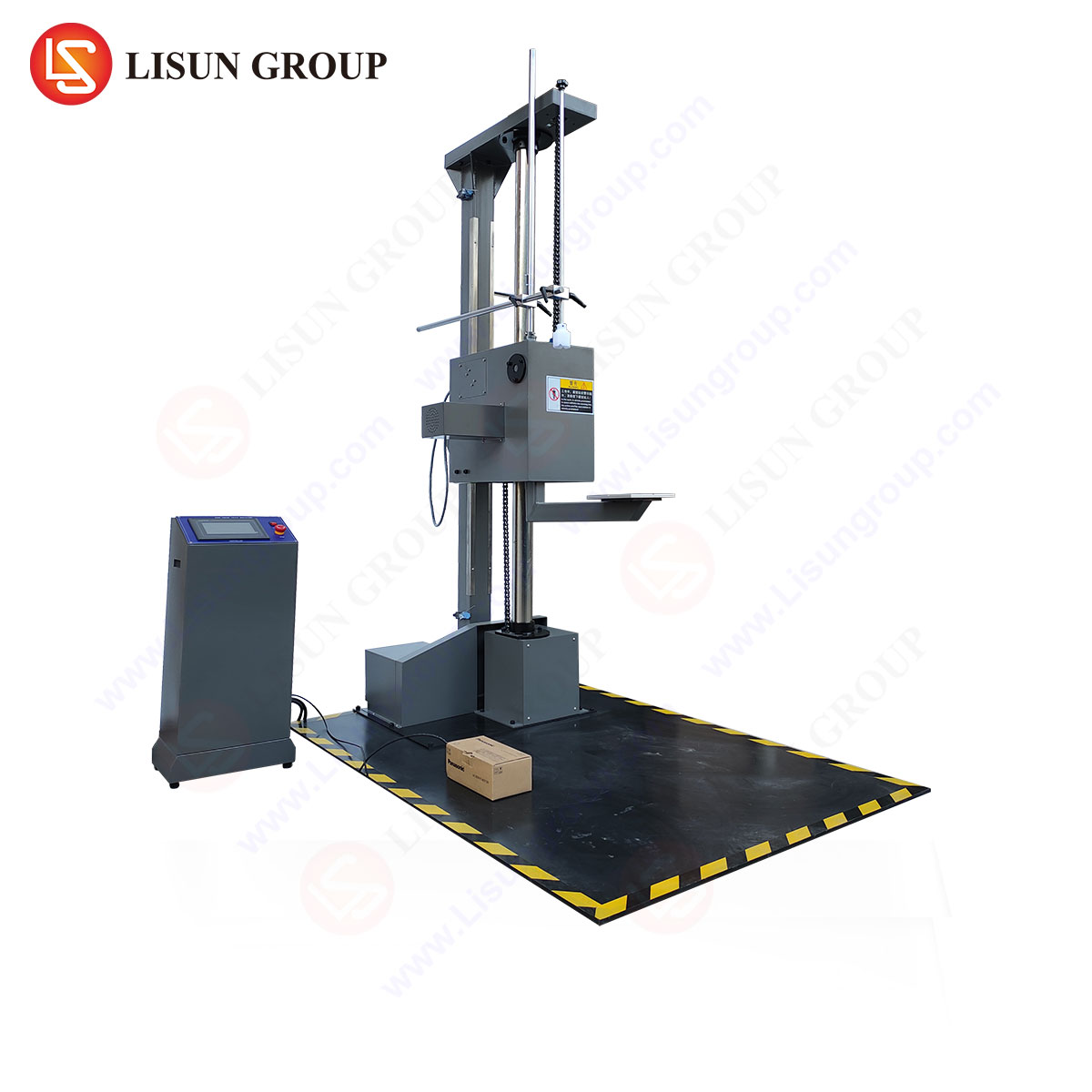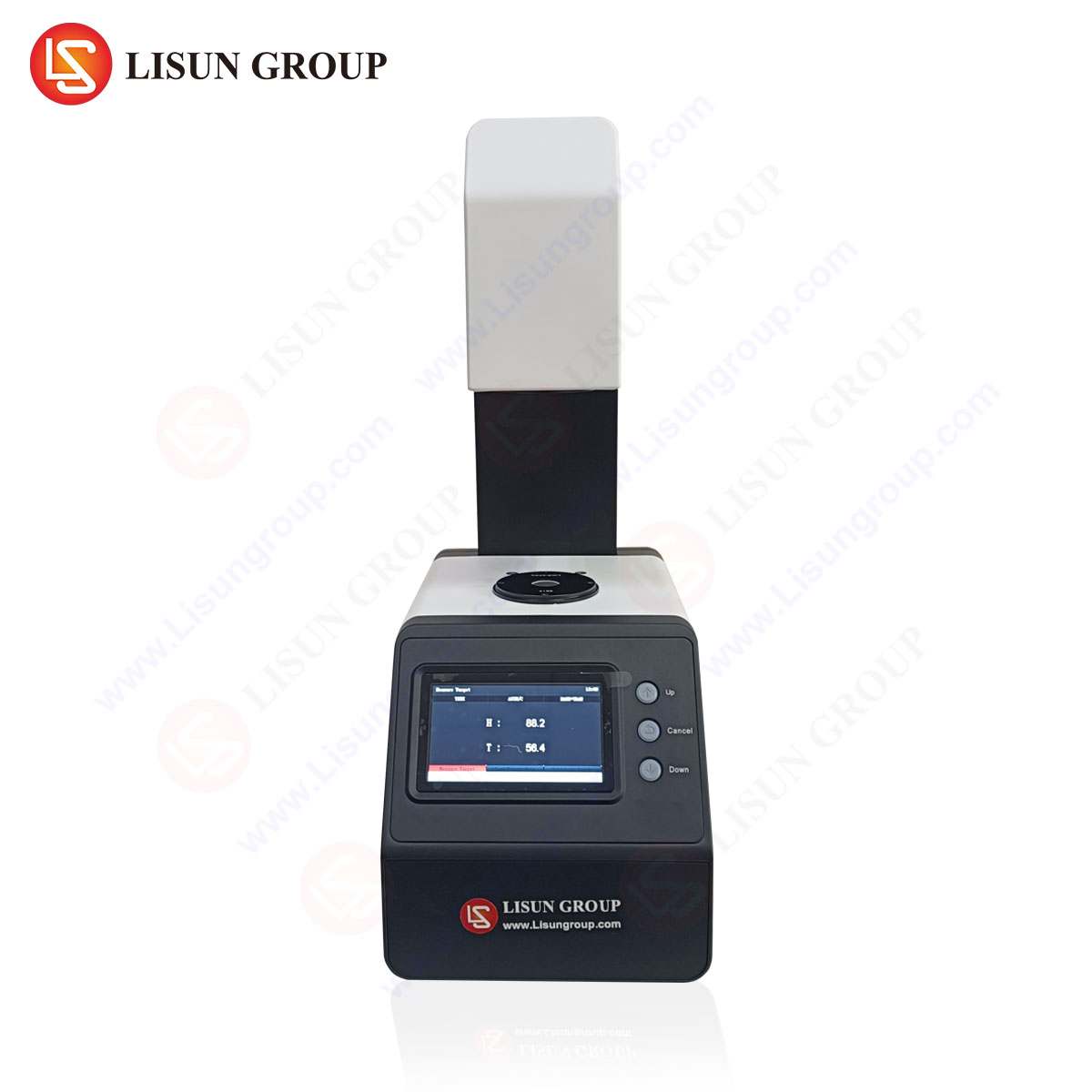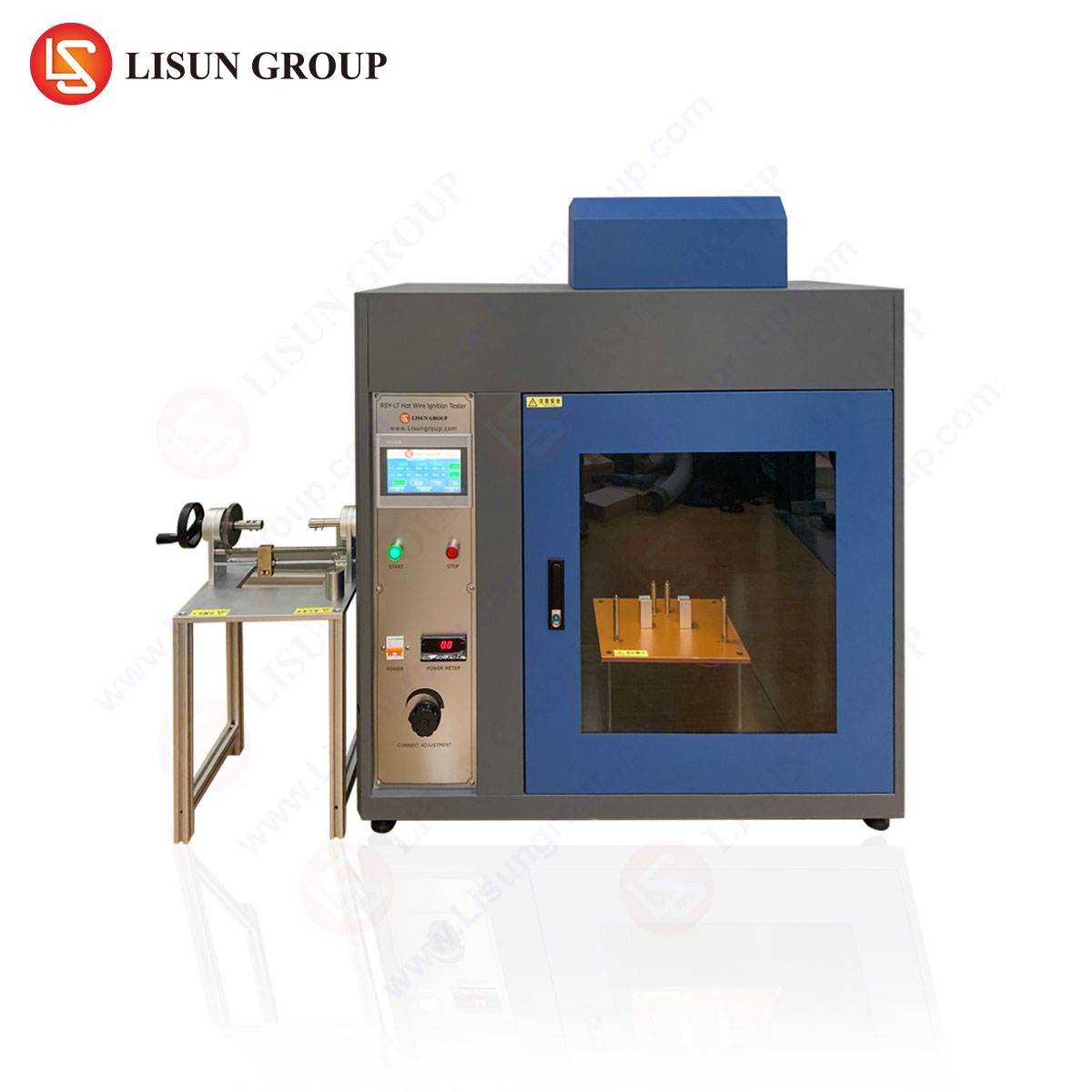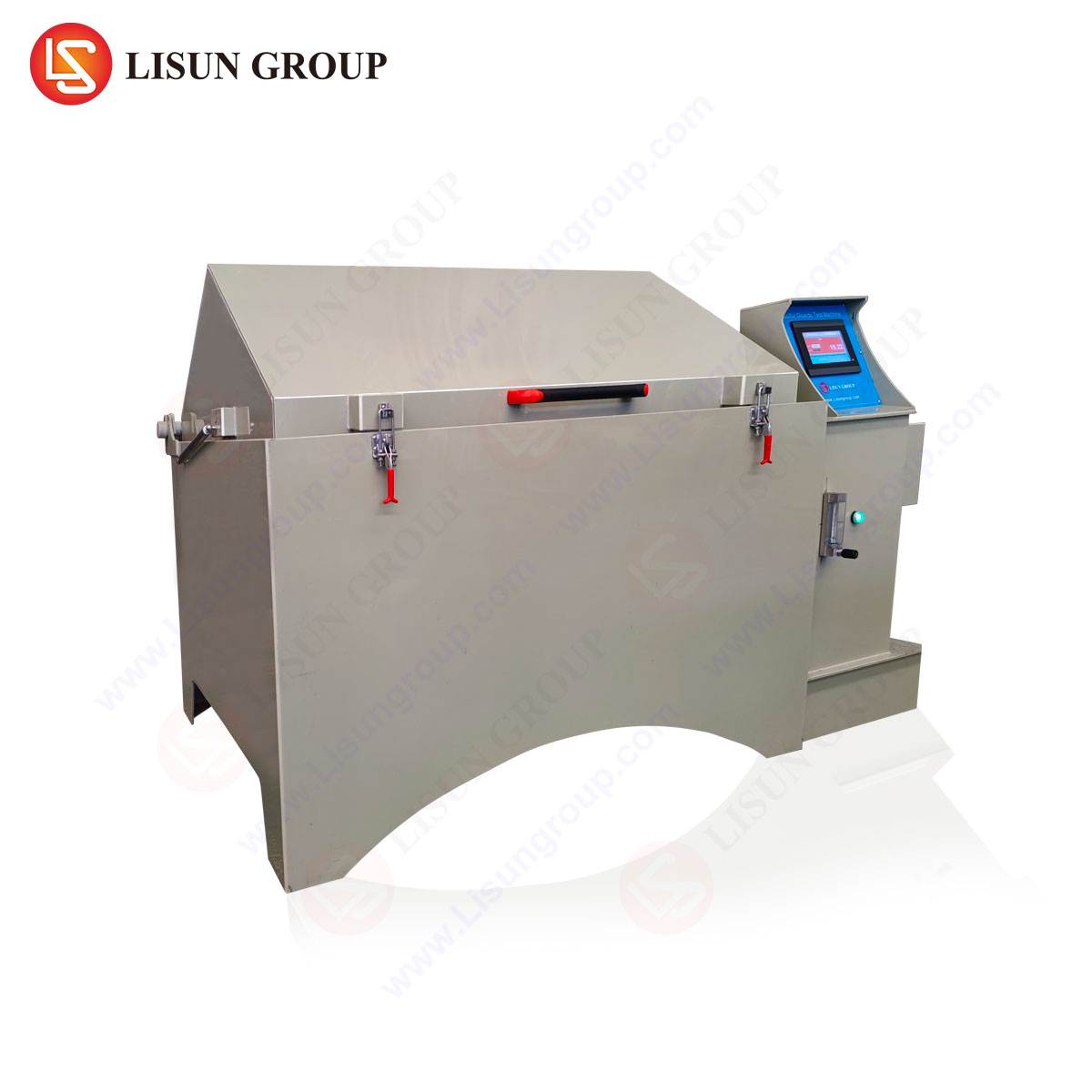Understanding IK Ratings: The Impact Test Explained
The integrity of electrical enclosures and the equipment they protect is a foundational concern across numerous industrial and consumer sectors. While ingress protection (IP) ratings concerning dust and water are widely understood, the mechanical robustness of these enclosures, quantified by the IK rating, is equally critical. The IK rating system provides a standardized measure of a product’s resilience to external mechanical impacts, a parameter that directly influences operational longevity, safety, and reliability. This article provides a comprehensive examination of the IK rating system, with a specific focus on the underlying impact test methodologies, the relevant international standards, and the practical implications for equipment design and validation.
The Genesis and Standardization of IK Codes
The IK code, as defined by the International Electrotechnical Commission standard IEC 62262—which harmonizes with the European EN 62262 standard—was established to create a unified and quantifiable system for specifying the degree of protection provided by enclosures for electrical equipment against mechanical impacts. Prior to its introduction, a vague and often inconsistent terminology, such as “impact resistant” or “heavy-duty,” was prevalent, leading to market confusion and inadequate product specifications. The IK code rectified this by introducing a clear, numerical scale from IK00 to IK10, where each level corresponds to a specific impact energy, measured in joules (J).
It is crucial to note the relationship between the IK rating and the more familiar IP rating for foreign bodies and moisture. Historically, IK was appended to the IP code (e.g., IP54 IK08). The current standard, however, treats them as separate but complementary classifications. An enclosure can possess a high IP rating for environmental sealing while having a low IK rating for impact protection, and vice versa. A comprehensive product specification must, therefore, account for both environmental and mechanical stressors to ensure suitability for the intended application.
Deconstructing the Impact Energy Scale
The core of the IK rating system is its graduated scale of impact energy. This scale is not linear but logarithmic, reflecting the substantial increase in force required to achieve higher levels of protection. The following delineates the standard IK ratings and their corresponding impact energies:
- IK00: No protection specified.
- IK01 to IK05: Lower energy impacts, ranging from 0.15 J (IK01) to 0.7 J (IK05). These are typically relevant for equipment in controlled environments where only minor, incidental contact is expected.
- IK06 to IK07: A significant step up, with energies of 1 J and 2 J respectively. These levels are common for consumer and general industrial equipment.
- IK08: 5 J impact energy, often a minimum requirement for outdoor or harsh industrial equipment.
- IK09: 10 J, representing a high degree of robustness.
- IK10: 20 J, the highest level, signifying exceptional resistance to severe impacts, such as those encountered in heavy industrial or vandal-prone settings.
The selection of an appropriate IK rating is a critical design decision, balancing the cost of over-engineering against the risk of premature failure. Equipment destined for a benign office environment may only require an IK07 rating, whereas a public access lighting fixture or an automotive electronic control unit (ECU) mounted near a vehicle’s wheel well would necessitate a minimum of IK09 or IK10.
The Mechanical Principles of Pendulum and Spring-Operated Impact Testing
The IEC 62262 standard meticulously defines the test apparatus and procedure to ensure reproducibility and accuracy. The primary tool for IK testing is a calibrated impact test device, which can be either a pendulum hammer or a spring-operated hammer. The fundamental principle involves releasing a prescribed mass, fitted with a standardized striking element (hammer), from a predetermined height or with a defined spring force to deliver a precise kinetic energy to the enclosure surface.
The striking element is typically a hardened steel hammer with a radius of curvature defined by the standard. The test specimen is mounted rigidly to a support base to simulate its real-world installation. The standard specifies the number of impacts (typically five) and their distribution across the enclosure’s most vulnerable surfaces. The test is considered a pass if the enclosure, post-impact, shows no damage that would violate its specified IP rating, retains its structural integrity without cracks that expose internal components, and continues to function as intended.
For higher energy levels (IK07 to IK10), the spring-operated hammer is often the preferred apparatus due to its ability to consistently deliver the required high-energy impacts. This leads to a discussion of specialized equipment designed for this specific testing regime.
The LISUN IK07-10VT IK Test Apparatus: Engineering Precision for High-Energy Validation
To reliably and repeatably validate products against the stringent requirements of IK07 through IK10 ratings, specialized test equipment is indispensable. The LISUN IK07-10VT IK Test apparatus exemplifies this category of instrumentation, engineered to administer impacts from 2 J to 20 J with a high degree of accuracy and control. Its design adheres strictly to the principles laid out in IEC 62262, providing manufacturers with a trusted tool for compliance verification.
Specifications and Testing Principles: The IK07-10VT is a vertical, spring-operated impact tester. Its core mechanism utilizes a calibrated spring system to propel a hammer assembly vertically downward onto the test sample. The impact energy is adjusted by controlling the compression of the spring, which is precisely set according to a calibrated scale for energies of 2J, 5J, 10J, and 20J. The hammer assembly is interchangeable to accommodate the different striker geometries specified by the standard for various impact scenarios. The device features a robust release mechanism and a secure sample platform, ensuring that the entire energy is transferred to the specimen under test without loss or deviation. This eliminates variables associated with manual pendulum operation, providing superior repeatability for high-energy tests.
Industry Use Cases: The validation provided by the IK07-10VT is critical across a spectrum of high-reliability industries. In Automotive Electronics, it is used to test the ruggedness of ECUs, sensors, and infotainment systems that must withstand vibrations and shocks. Lighting Fixtures for public infrastructure, sports arenas, and industrial facilities require IK09 or IK10 ratings to resist vandalism and accidental impacts from debris. Industrial Control Systems, including programmable logic controller (PLC) enclosures and human-machine interfaces (HMIs), are tested to ensure they remain operational in environments with heavy machinery and potential tool drops. Telecommunications Equipment housed in outdoor cabinets and Electrical Components like heavy-duty industrial switches and sockets all mandate high IK rating validation to guarantee network stability and operational safety.
Competitive Advantages: The primary advantage of a dedicated system like the IK07-10VT lies in its specialization and precision. Unlike universal testing machines adapted for impact testing, it is purpose-built for IEC 62262 compliance. This results in more reliable and auditable test results, which is a significant competitive advantage for manufacturers seeking global market access. Its vertical test orientation and spring-operated mechanism offer a more consistent and safer testing process for high-impact energies compared to pendulum systems, which can be prone to operator-induced variance. The ability to precisely and repeatably generate impacts up to 20 J makes it an essential tool for R&D and quality assurance laboratories aiming to design and certify products for the most demanding applications.
Correlating IK Ratings with Real-World Application Environments
Selecting the correct IK rating is not an academic exercise; it is a direct response to the anticipated physical threats in an equipment’s operational lifecycle. The following table illustrates typical correlations:
| IK Rating | Impact Energy (Joules) | Typical Application Examples |
|---|---|---|
| IK06 | 1 J | Office equipment (printers, scanners), internal telecommunications servers, consumer electronics in protected homes. |
| IK07 | 2 J | Household appliances (microwaves, washing machine control panels), standard indoor lighting fixtures, medical devices in clinical settings. |
| IK08 | 5 J | Industrial control panels in light-duty settings, automotive interior electronics, low-level outdoor lighting. |
| IK09 | 10 J | Aerospace and Aviation Components (cargo bay electronics), outdoor telecommunications enclosures, power distribution boxes, public information kiosks. |
| IK10 | 20 J | Heavy-duty Industrial Control Systems (mining, manufacturing), vandal-resistant lighting and sirens, Electrical Components in substations, Automotive Electronics in under-hood or under-chassis locations. |
For instance, a medical device used in a hospital ward (IK07) faces different risks than a navigation component in an aircraft’s landing gear assembly (IK09/IK10). Similarly, a standard household electrical socket may be rated IK08, while an industrial-grade socket used on a factory floor would require an IK10 rating to withstand impacts from falling tools.
Material Science and Design Considerations for Impact Resistance
Achieving a target IK rating is a multidisciplinary challenge involving material science and mechanical design. Enclosure materials must be selected not only for their environmental resistance but also for their impact-absorbing properties. Thermoplastics such as polycarbonate (PC) and polyamide (nylon) are favored for their high impact strength and toughness. For metallic enclosures, aluminum alloys or steel with appropriate thickness and reinforcement are used.
Design strategies are equally important. Incorporating ribs, corrugations, and curved surfaces can significantly disperse impact energy across a larger area, preventing localized stress concentrations that lead to cracking. The design of mounting points is critical to ensure that the impact force is absorbed by the enclosure itself and not transmitted directly to sensitive internal printed circuit boards (PCBs) or components. Finite Element Analysis (FEA) software is frequently employed during the design phase to simulate impacts and optimize the enclosure geometry and material distribution before physical prototypes are ever tested on a device like the LISUN IK07-10VT.
The Role of Compliance and Certification in Global Markets
For manufacturers, IK rating compliance is not merely a technical achievement but a commercial imperative. Regulatory bodies and major purchasers across the European Union, North America, and Asia often mandate compliance with IEC 62262 or its regional equivalents. A certified IK rating, validated using standardized equipment, serves as a passport to these markets, demonstrating a product’s quality and durability.
Third-party certification from organizations like UL, TÜV, or Intertek provides an independent verification of a manufacturer’s claims. This certification process invariably involves witnessed testing on calibrated apparatus, underscoring the value of owning or having access to a precision instrument like the IK07-10VT. It moves the product specification from a marketing claim to a verifiable, engineering-based fact, reducing liability and building brand trust.
Frequently Asked Questions (FAQ)
Q1: Can a product have a high IK rating (e.g., IK10) but a low IP rating?
Yes, absolutely. The ratings are independent. An enclosure could be constructed from very thick, impact-resistant steel (IK10) but have poor seals around its door, resulting in a low IP rating for dust and water ingress (e.g., IP40). Both ratings must be considered for the application.
Q2: Why is a spring-operated tester like the IK07-10VT preferred over a pendulum tester for higher IK ratings?
Spring-operated testers provide a more controlled and consistent application of high-energy impacts. Pendulum testers can be influenced by operator technique and friction losses, introducing variability. The vertical, guided action of a spring-operated device ensures the specified energy is delivered accurately and repeatably, which is crucial for reliable certification at energy levels of 5 J and above.
Q3: How many impacts are required per test sample according to the standard?
IEC 62262 generally requires five impacts per sample. These impacts are distributed across the enclosure’s surface, focusing on the most vulnerable points such as corners, seams, and areas perceived to be the weakest. The sample must withstand all five impacts without failing the post-test inspection.
Q4: Our product uses a transparent plastic window. Is the entire assembly, including the window, tested to the same IK rating?
Yes, the entire external surface of the enclosure, including any windows, vents, or covers, is subject to the impact test. The material used for the window (e.g., polycarbonate or acrylic) must possess the necessary impact strength to meet the claimed IK rating for the complete assembly. It is a common point of failure if not properly specified.
Q5: Is post-impact functional testing mandatory?
While the primary pass/fail criterion in the standard is related to the integrity of the enclosure (e.g., no breaches of the IP rating), it is a fundamental and implicit requirement that the equipment remains functional. In practice, manufacturers always perform functional testing after impact to ensure the device still operates correctly, as a non-functional device constitutes a failure in the context of its intended use.






